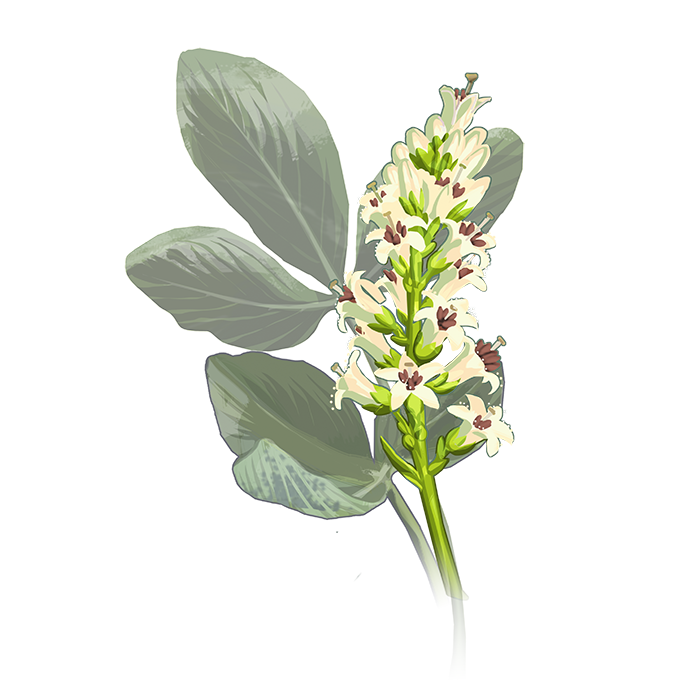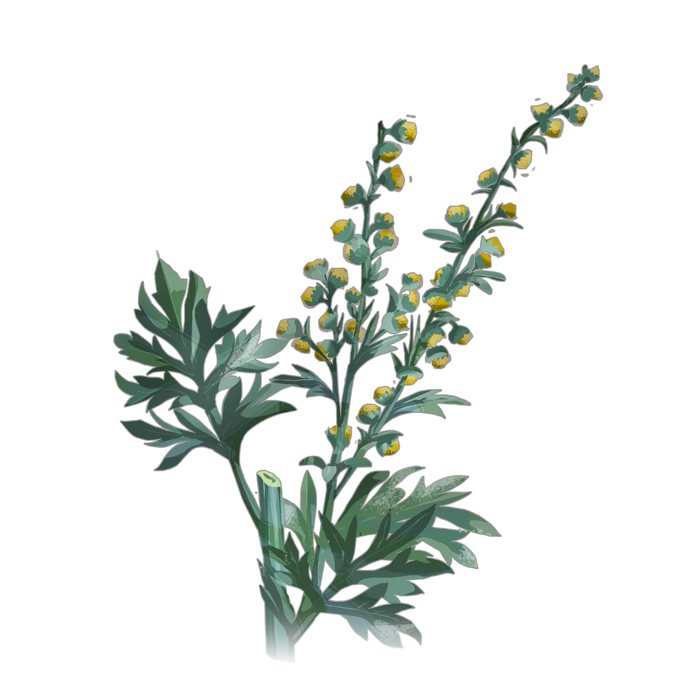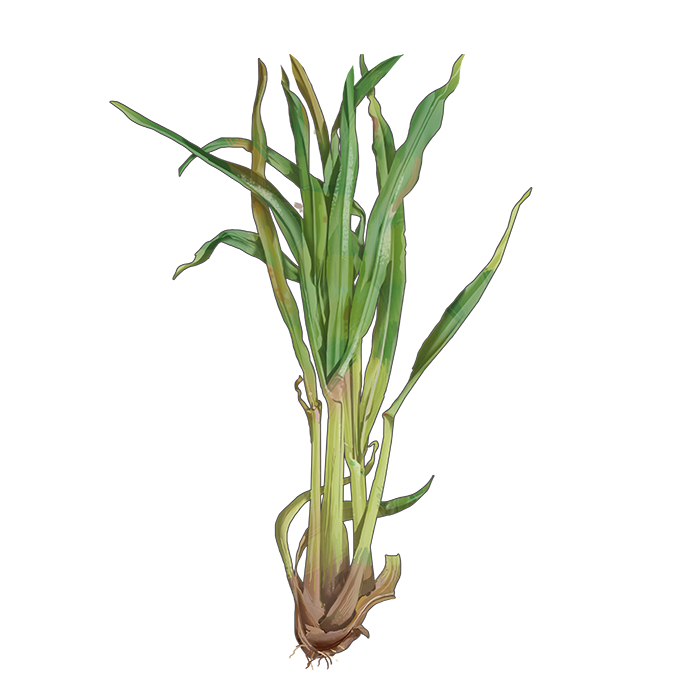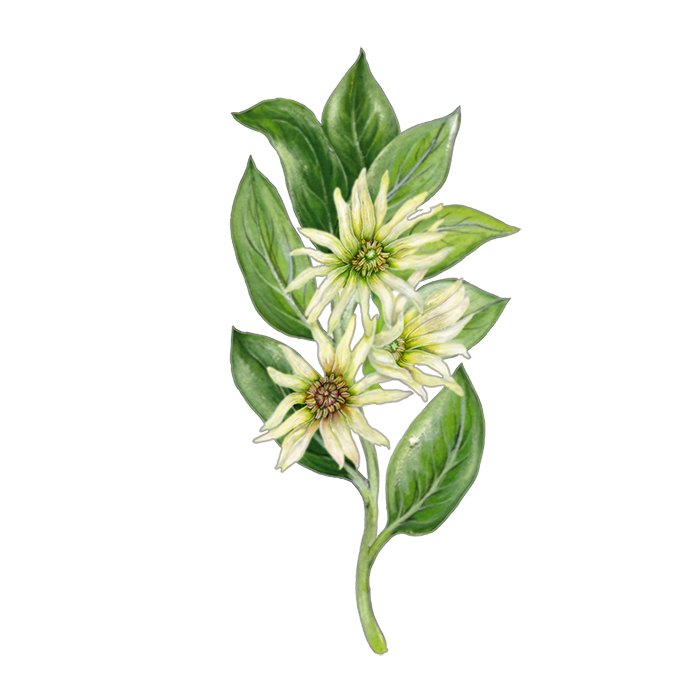

Also known as bogbean or marsh clover (Bitterklee in German), buckbean is a pretty wildflower with pinkish-white markings on its bean-shaped leaves, blooming in late spring and early summer. It is particularly bitter and is traditionally known for its tonic or restorative qualities, with the leaves dried and powdered, and used in tinctures or as an infusion.


It was once written of this famous bitter plant that it 'comforts the heart and preserves it against faintings and swoonings. The powder of the dry roots helps the biting of mad dogs and venomous beasts...’ Venomous beasts aside, gentian has long been appreciated for its digestive and restorative properties. In fact, the 18th century gentian wine was commonly taken as an aperitif before dinner.


One of the bitterest herbs known, wormwood has long been used in traditional medicine for its health-giving and digestive properties, but has also been much prized by brewers as an alternative to hops. The whole of the plant is used: from the astringent green leaves to the root, which imparts a warm, aromatic note.


Though Asian in origin, galangal has been known and cultivated in Europe for several centuries, primarily for its aromatic and warming properties. It resembles a milder ginger in flavour, lending a distinctive warm note to tinctures and liqueurs.
Ginger itself has been used extensively in food and medicine for many hundreds of years, from the Americas, the Caribbean and Europe across to India and Asia. It has an unmistakably spicy aroma, adding a powerful and fragrant warmth.


Lemongrass or citronella is a widely used culinary herb with a subtle yet unmistakable citrus flavour. It used by many cultures in dried, powdered or fresh form, or as a tea or tincture. The properties attributed to this aromatic plant vary widely, though it is commonly held to be a calmative with powerful digestive and restorative powers.


This distinctive stellate or star-shaped plant has long been used in Asian cuisine and traditional medicine as a stimulant, to promote digestion and to sweeten the breath. The fruit itself is added as a seasoning in China, especially in sweets, while in Japan the powdered bark is used as an intensely fragrant incense.
